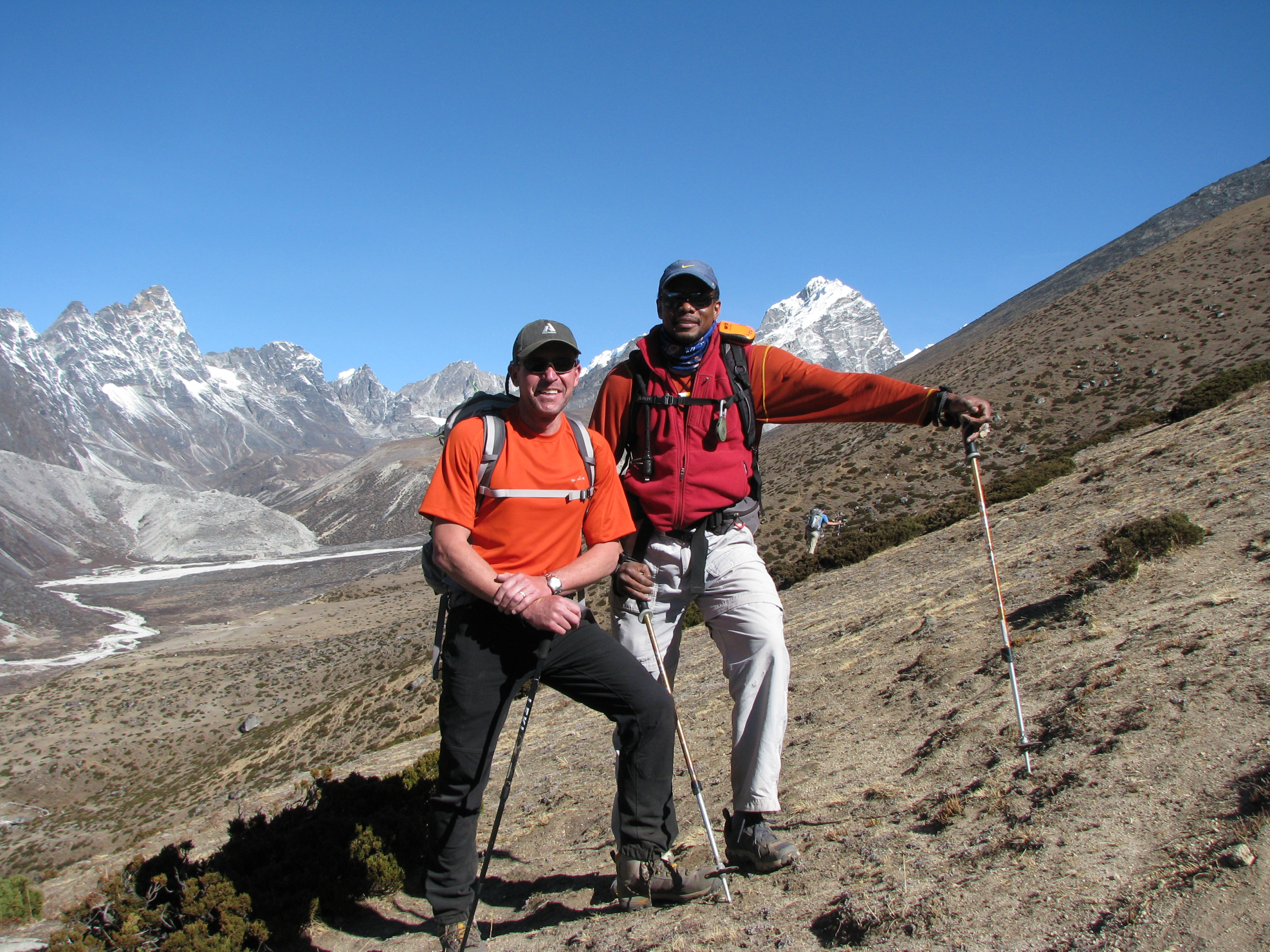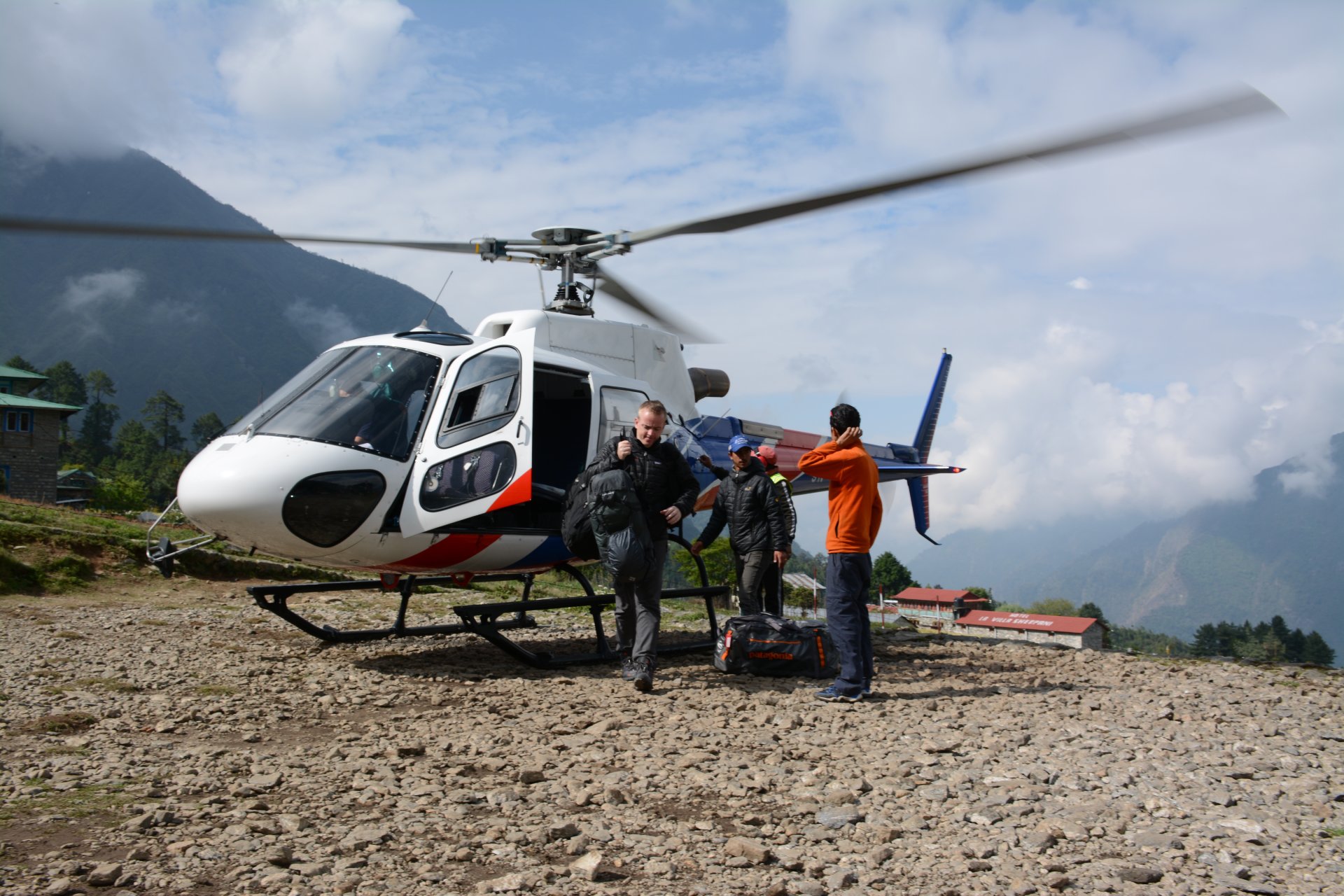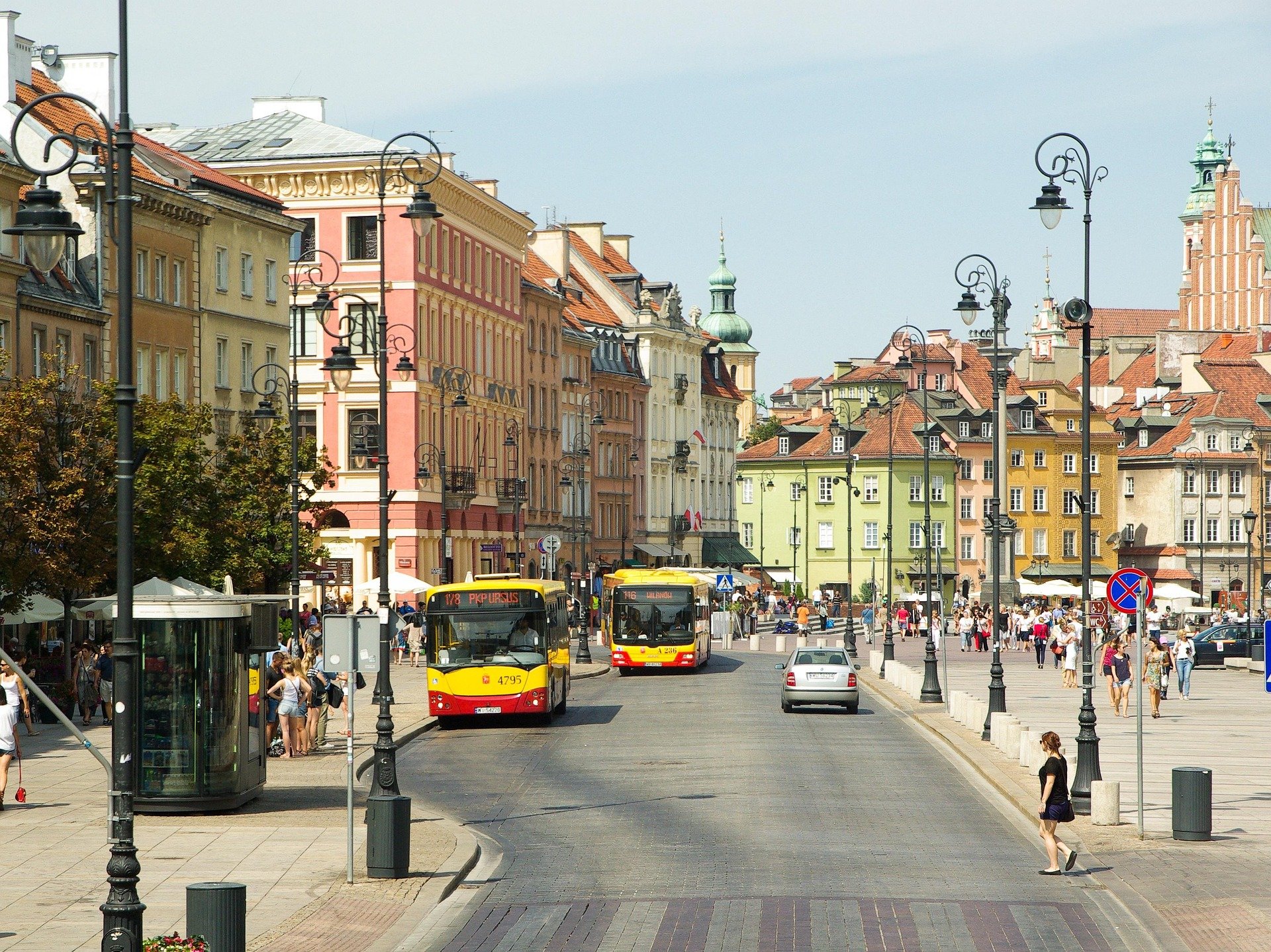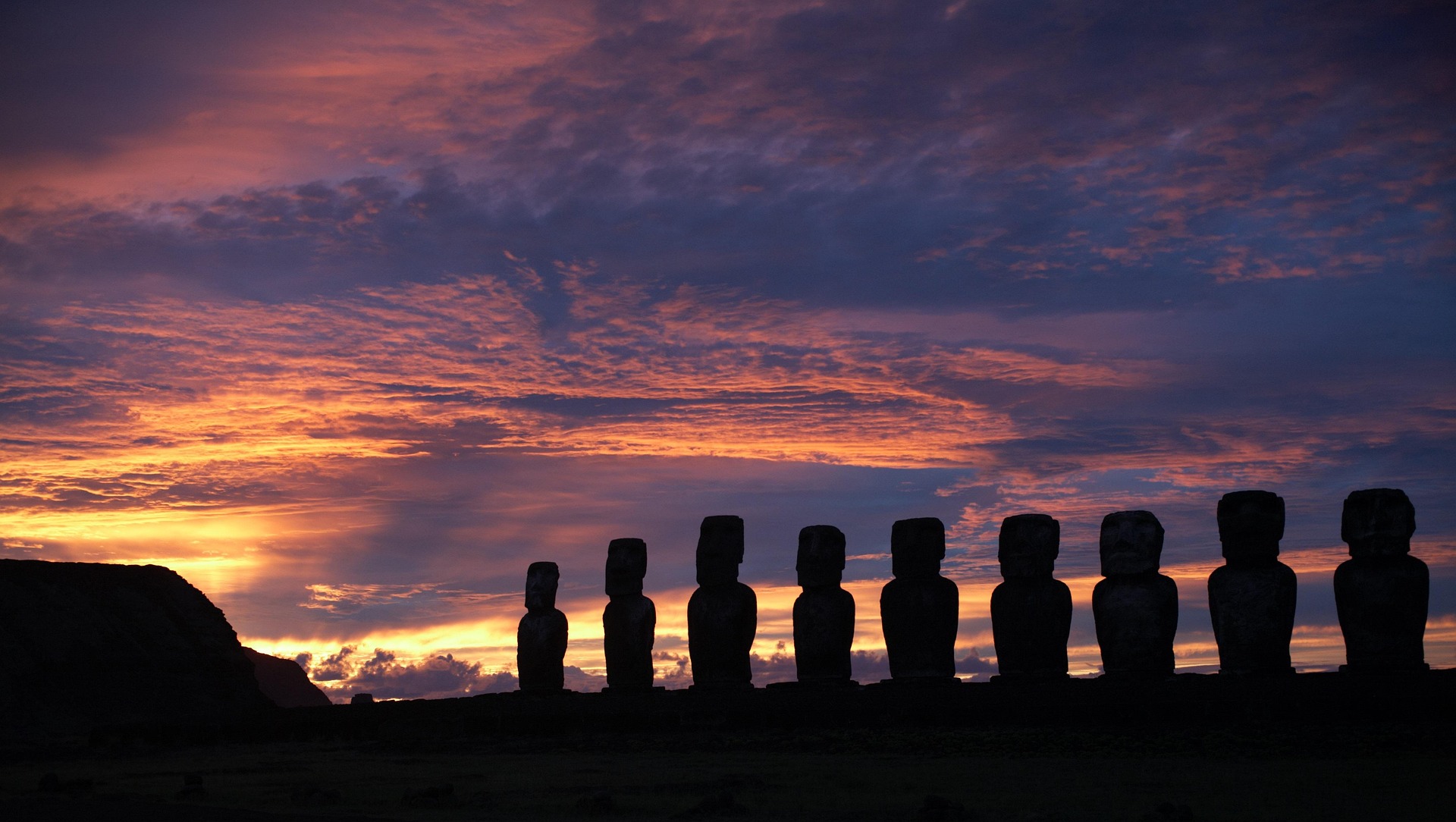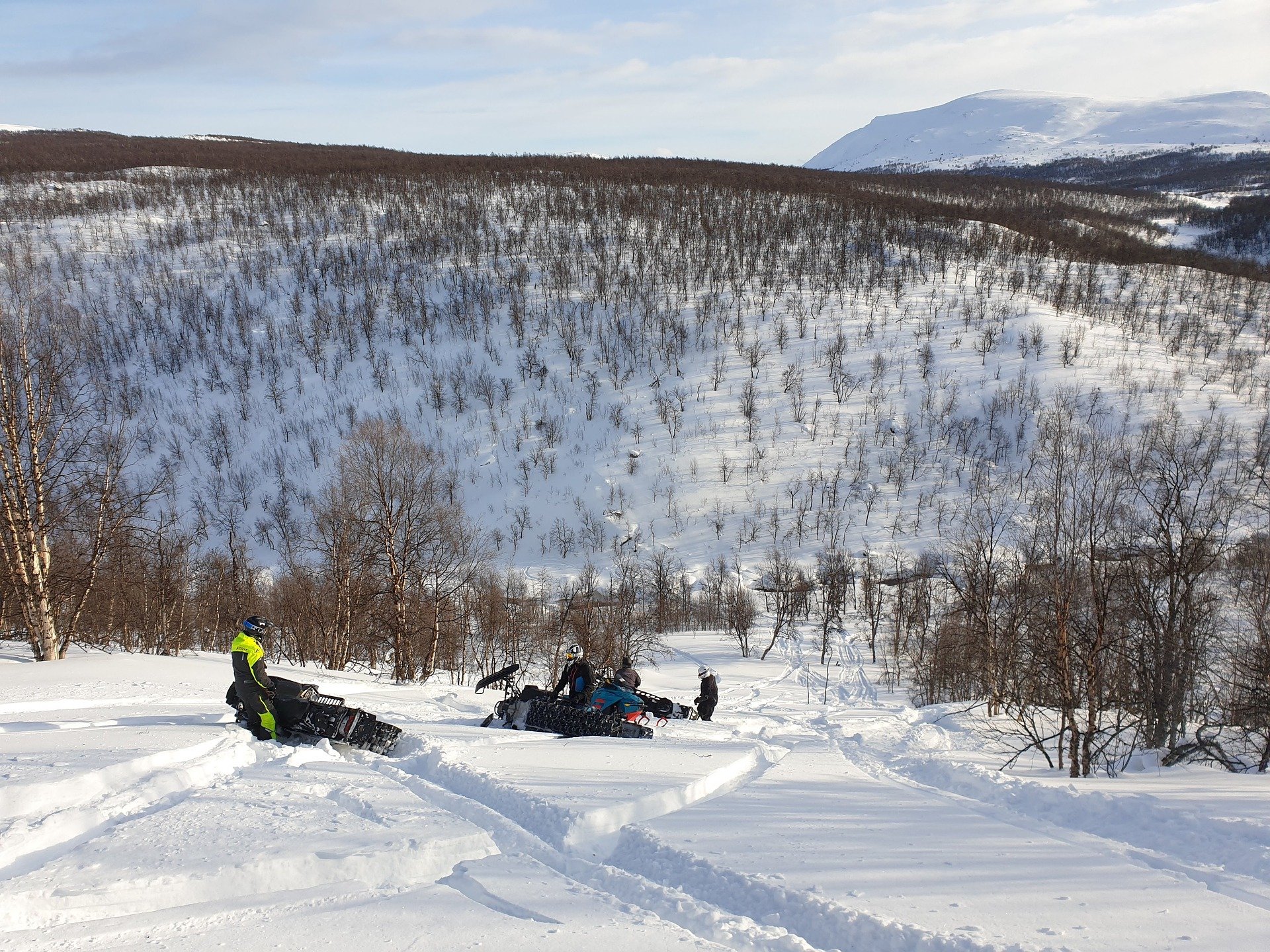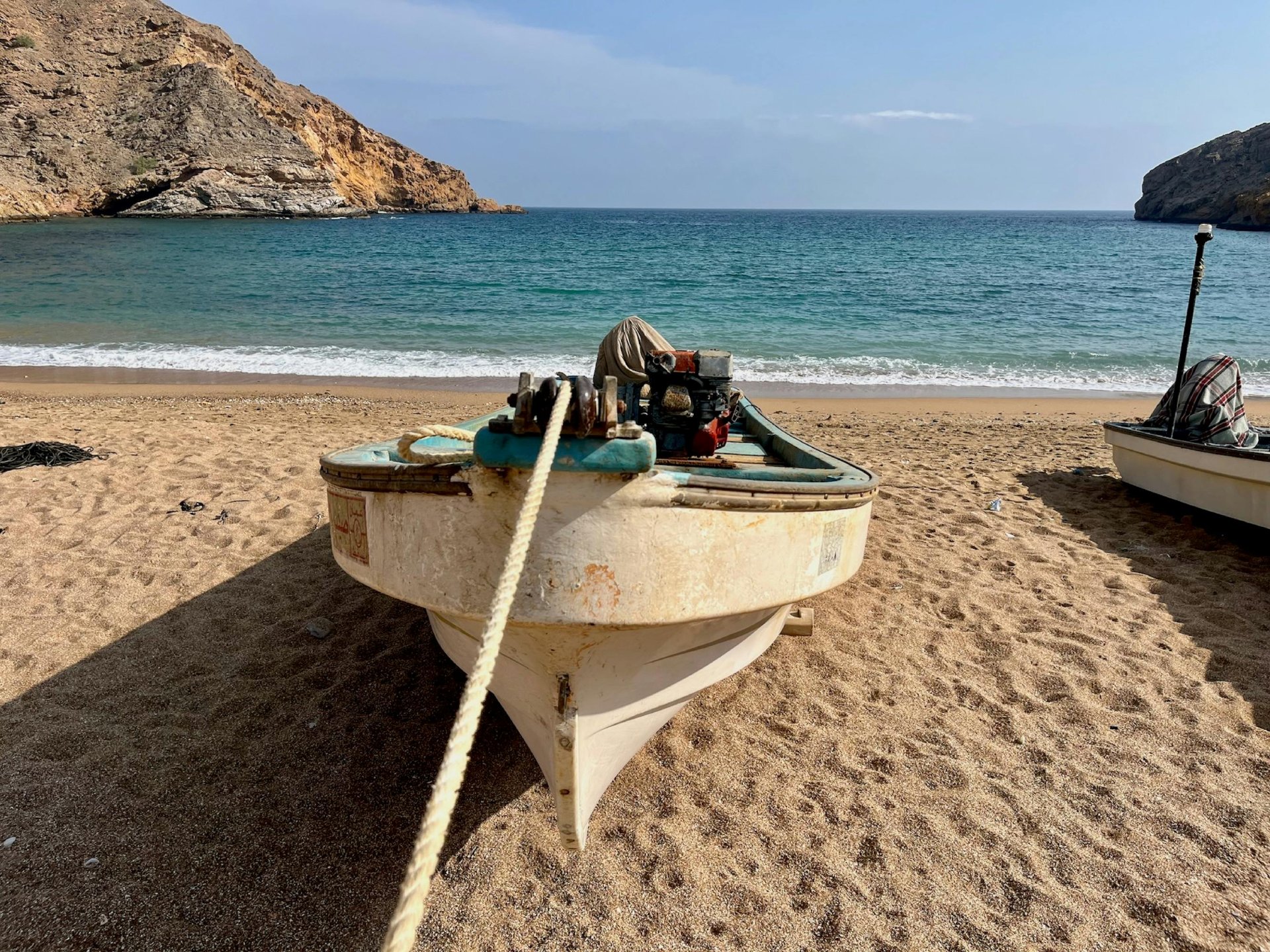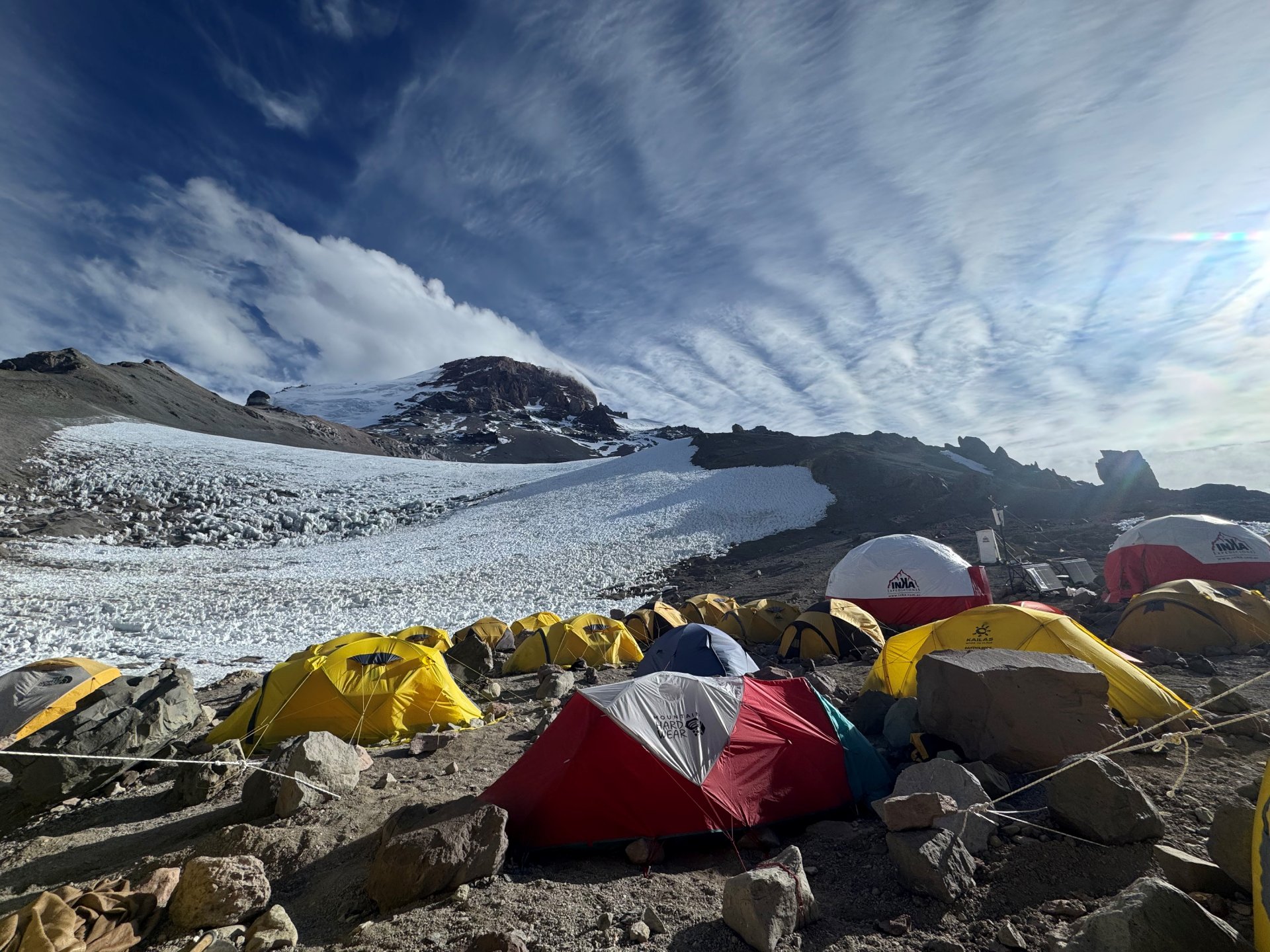For someone who didn’t like the cold, Jamaican-born Rohan Freeman was an unlikely candidate to become the first African-American to complete the Seven Summits, the highest mountains on each of the continents. Freeman, an Outward Bound board member, didn’t even know he was the first African-American to complete the Seven Summits in 2012 until someone told him.
“It wasn’t anything I set out to do,” he said. “But it means a lot to me if my achievement motivates and inspires a more diverse group of climbers like Full Circle Expeditions, a group of all-black mountaineers who summited Mount Everest in May 2022.”
Freeman, an engineer, and his family came to the United States and settled in Connecticut. He didn’t like the cold and planned to re-settle in a warmer region. Who can blame him? Temperatures in Jamaica rarely go below 71 degrees F (21 degrees C) and Connecticut winter temperatures often dip into the low 20s (-6 degrees C). While he pictured himself on the beaches of California or Florida, his family had no plans to move.
So, Freeman committed to trying to find something to do during the cold, winter months – something more than going to work, the gym, the movies or simply staying indoors. “I was willing to give the cold weather one more shot.”
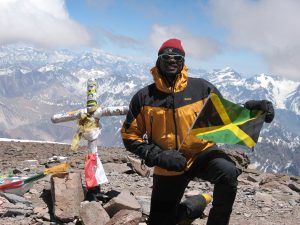
He decided to try snowboarding, an activity the brother of his then-girlfriend was doing. “I liked it so much, and I realized that if you’re dressed properly you can stay warm and enjoy outside cold weather sports,” he said.
Freeman, a longtime runner, moved from snowboarding to ice climbing. “I really liked that, too. So, I started snowshoeing and hiking.”
Soon after, his recreational running friends decided to climb Kilimanjaro – and they convinced Freeman to join. He didn’t prepare for the climb beyond his gym routine.
“I didn’t really care about mountaineering. I was going with friends. I didn’t do any special workouts for it. I just showed up thinking ‘how hard can it be to walk up the side of a mountain?’ I grew up doing that.”
The climb up Kilimanjaro (19,340 feet/5,895 meters) was not an endurance problem for Freeman, who has asthma, rather it was the altitude that was troublesome for him.
Nevertheless, he enjoyed it so much that he decided to climb more challenging mountains. He also decided to prepare more. After college graduation, his track competitions came to end. He didn’t have much going on athletically other than regular workouts at the gym – a routine that left him a bit bored and without any goals.
“I was just working out to work out.”
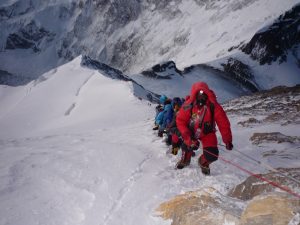
But, as his interest in climbing big mountains grew, he also ramped up his physical preparation and his knowledge about the sport.
“I didn’t know anything about mountaineering.”
He read several climbing books including “Into Thin Air” by Jon Krakauer and “The Seven Summits” by Frank Wells, Richard Bass, and Rick Ridgeway. After reading what he could, he became enamored with climbing Denali.
“I wondered if I could climb that mountain.”
He committed himself to gym exercises geared for rigorous mountaineering, spent time climbing in the White Mountains of New England for practice, and made certain to have medical evacuation protection with Global Rescue.
“I always have medical evacuation protection. When you’re doing what I do you’ve got to have that peace of mind protection if something goes wrong.”
He summited Denali successfully.
“I got hooked on climbing after that. The rest is history.”
Freeman’s climbing history would culminate in reaching the peaks of the Seven Summits, becoming the first African-American man and first Jamaican-born person to achieve that feat. But, Freeman points out, it wasn’t a goal, at least not at first.
“I didn’t start out wanting to climb the Seven Summits. To tell you truth, when I read ‘Into Thin Air’ and ‘Seven Summits’ I thought those guys are crazy, suicidal,” he said.
For Freeman, climbing was much more about the challenge of each mountain and not at all about peak-bagging. When he returned from his Denali summit another friend suggested going to Argentina to climb Aconcagua (22,837 feet/6,706 meters).
It ended up being the first time Freeman needed to turn back. He had HAPE, high-altitude pulmonary edema. “Walking myself out was one of the toughest experiences,” he said. The experience spurred Freeman to train more rigorously and to take high climbs more seriously.
“I really didn’t train that hard for Aconcagua. Coming off Denali I had too much confidence. So I trained harder, went back, and summited Aconcagua,” he said.
That’s when a third friend of his, who was attempting the Seven Summits, invited Freeman to join him in Russia to climb Mount Elbrus (18,510 feet/5,642 meters). They successfully summited and that’s when Freeman first contemplated climbing Mount Everest.
“I had never set my sights on it before,” he confessed. His contemplation of such an expedition took more than a year to evolve. Freeman found his interest in Mount Everest grow to the point of distraction.
“I started waking up in the middle of the night – with cold sweats – thinking about Mount Everest.”
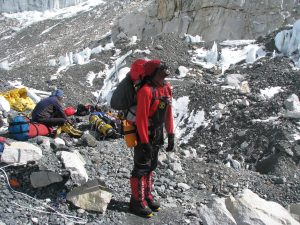
He wrestled with his decision. On the one hand, he didn’t want to end up like so many of the people he read about – the ones who attempted Mount Everest and were injured or killed. But, on the other hand, the attraction to do it was powerful…even overwhelming.
“The pull was so strong that I couldn’t resist anymore.”
Freeman, an asthmatic, said Mount Everest was his most difficult climb because of the combination of the extreme altitude, his lung disease and the technical requirements for the ascent. Freeman managed his asthma by taking his time, especially at higher altitudes.
“I just have to go a little slower than everybody to give my lungs a chance to catch up to my legs.”
His first attempt to summit Mount Everest was unsuccessful but he went back a second time and succeeded, but not without a potentially expedition-ending incident.
Freeman was at Camp 3 on Mount Everest acclimatizing. “The sun was out and I left my tent without my sunglasses.”
His group started their scheduled descent as part of the acclimatization process but soon enough the bright, direct sunlight at the high altitude also reflecting off the snow burned Freeman’s retinas. He was snow blind, a painful eye condition caused by overexposure to the sun’s ultraviolet (UV) rays. It can happen in a matter of minutes.
“It was painful, my eyes were watering and my vision was blurred. I had to get myself down through the Khumbu Icefall to Base Camp to rest up and wait for my eyes to recover,” he said.
Following his successful summit of Mount Everest, Freeman had climbed five of the Seven Summits. It dawned on him to simply wrap it up and climb the final two mountains.
“I thought I may as well finish the final climbs and complete the Seven Summits.”
He did finish, after a decade of climbs, and only after he completed the majority of the climbs without any intention of a Seven Summit crown. Reflecting on the achievement, Freeman acknowledges the lesson in all of it comes down to perseverance.
“In my failures, like on Aconcagua and Mount Everest, are when I come back the strongest. I may not have been the strongest or smartest climber, but sheer determination can get you a long way. It did for me.”
Turning back and coming back. Those are essential beliefs Freeman holds.
“The mountain will be there tomorrow. I can always come back if I need to turn around short of a summit. I’m always taking inventory of my condition,” he said.
What’s next? Freeman is getting back to running and planning to complete a marathon on each of the seven continents and the two Poles.
“I have a lot more to accomplish, a much longer way to walk,” he said.

